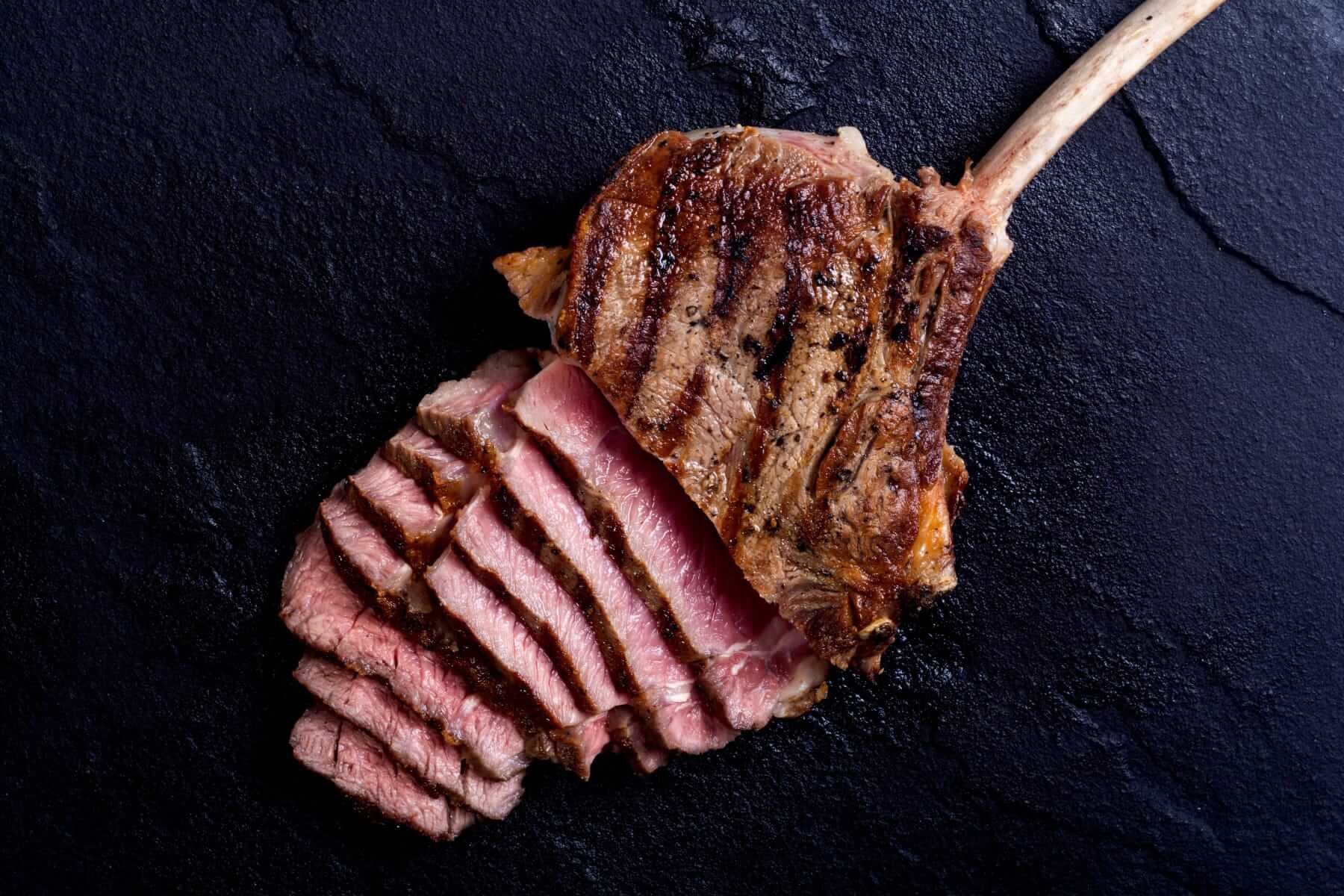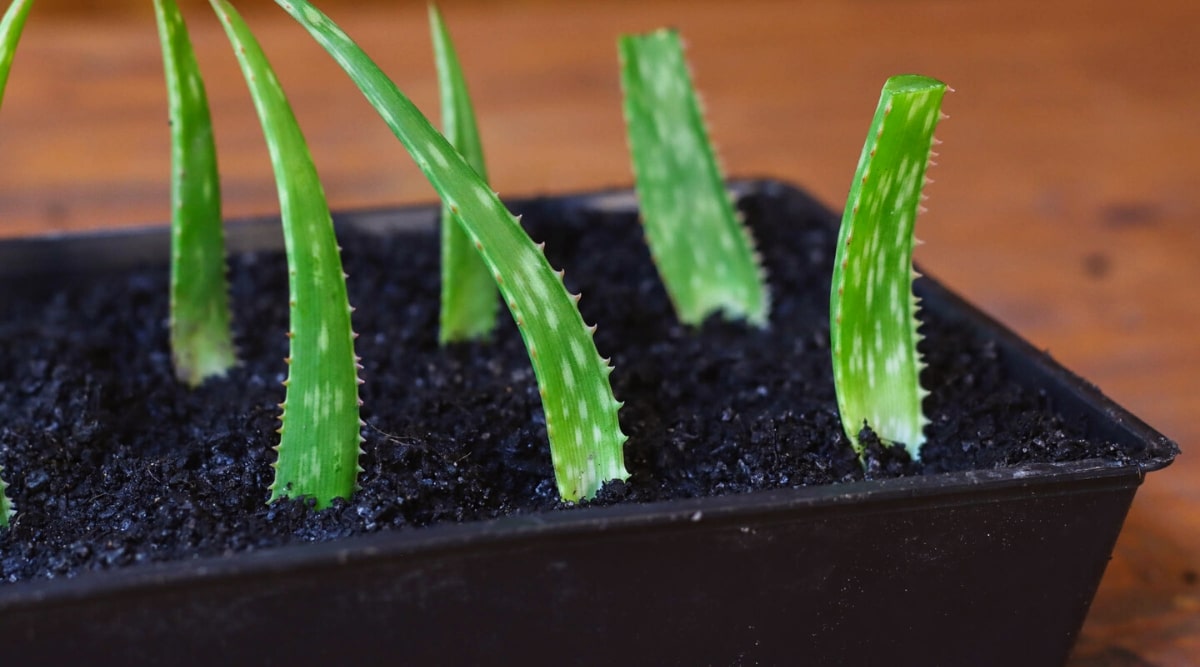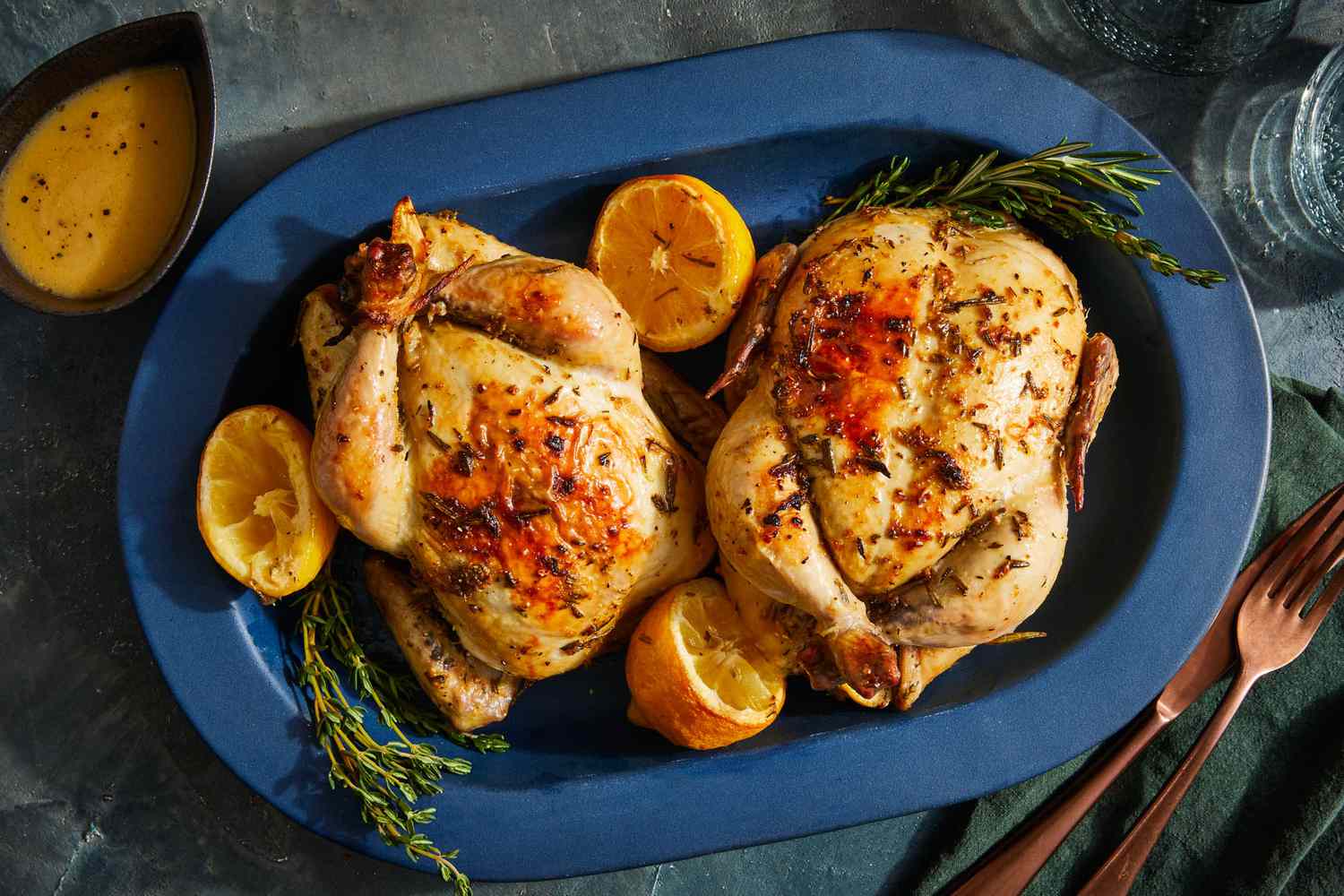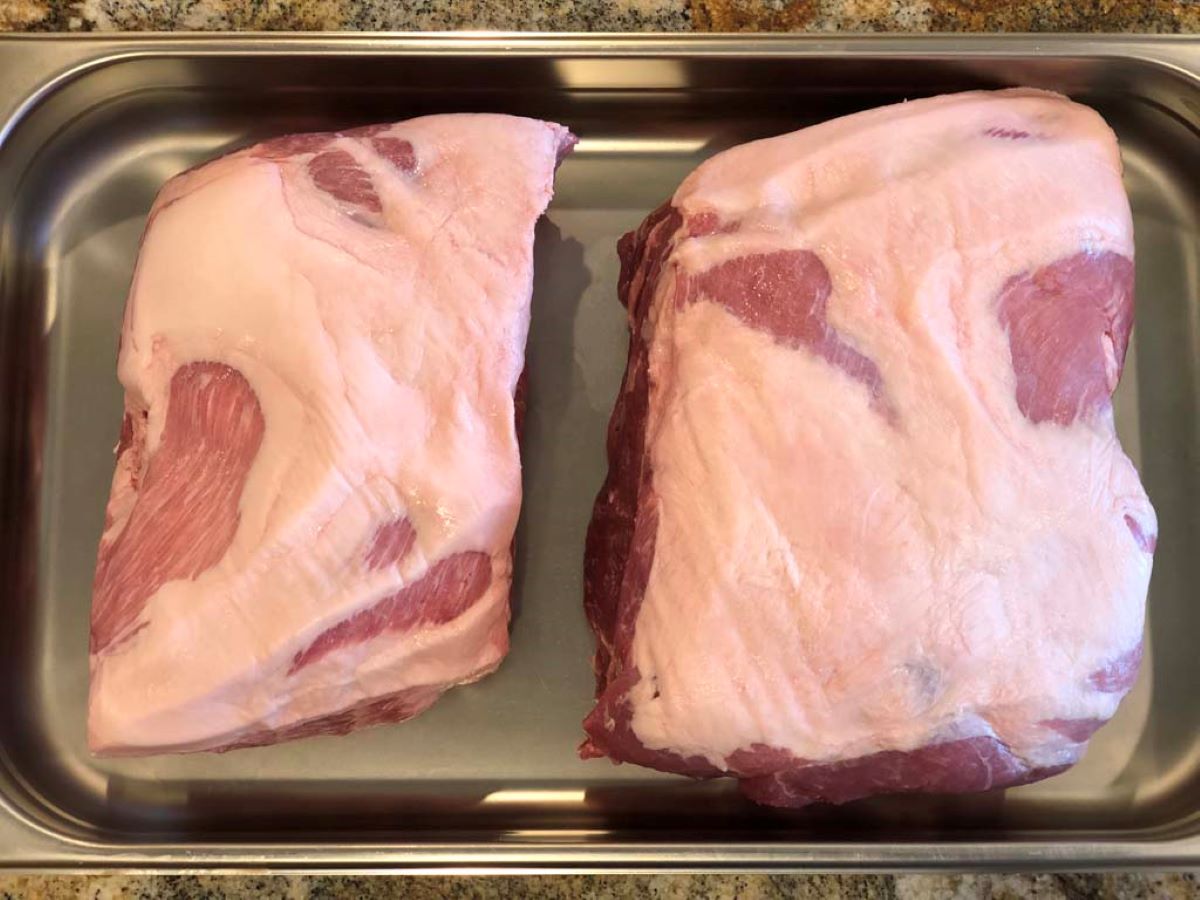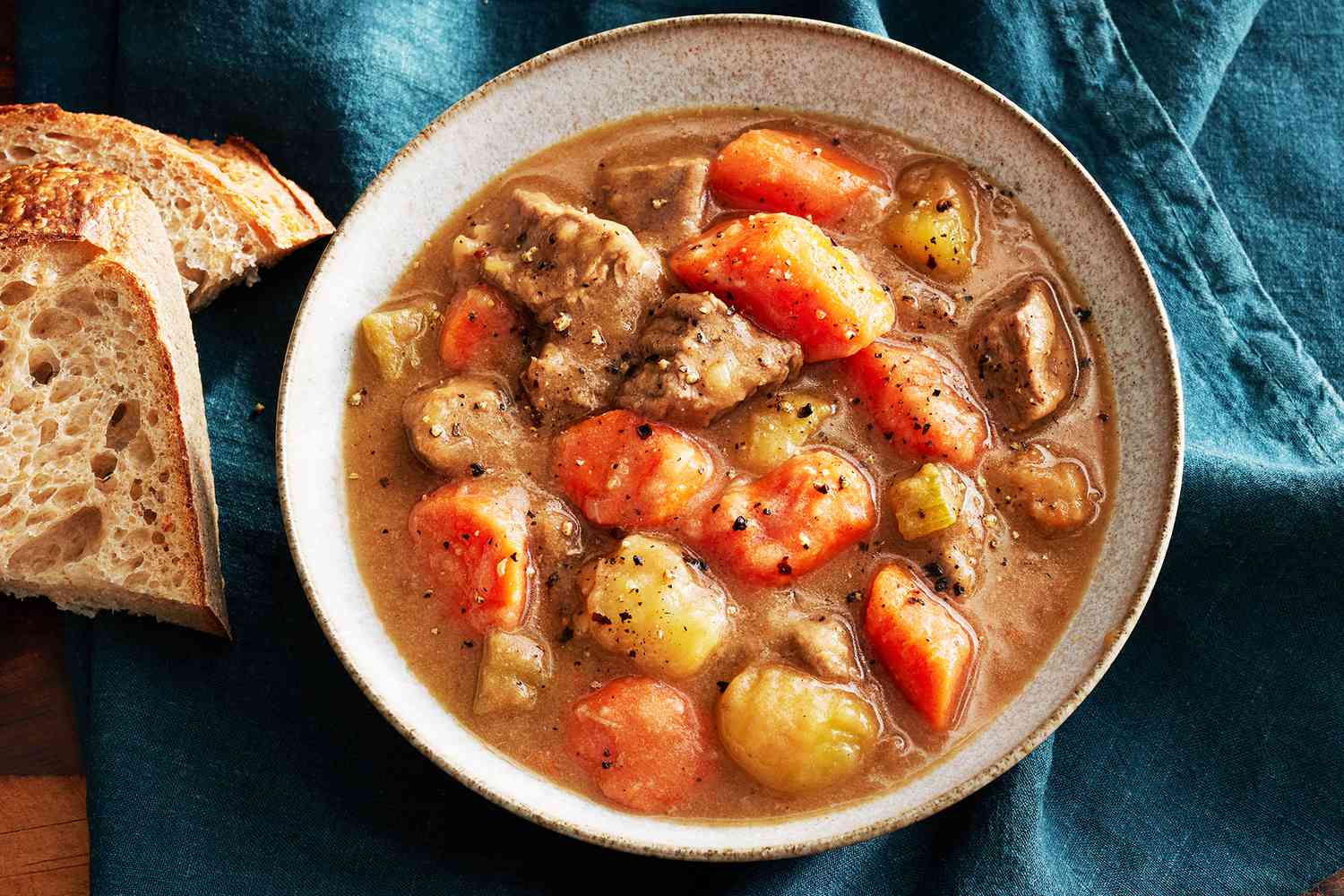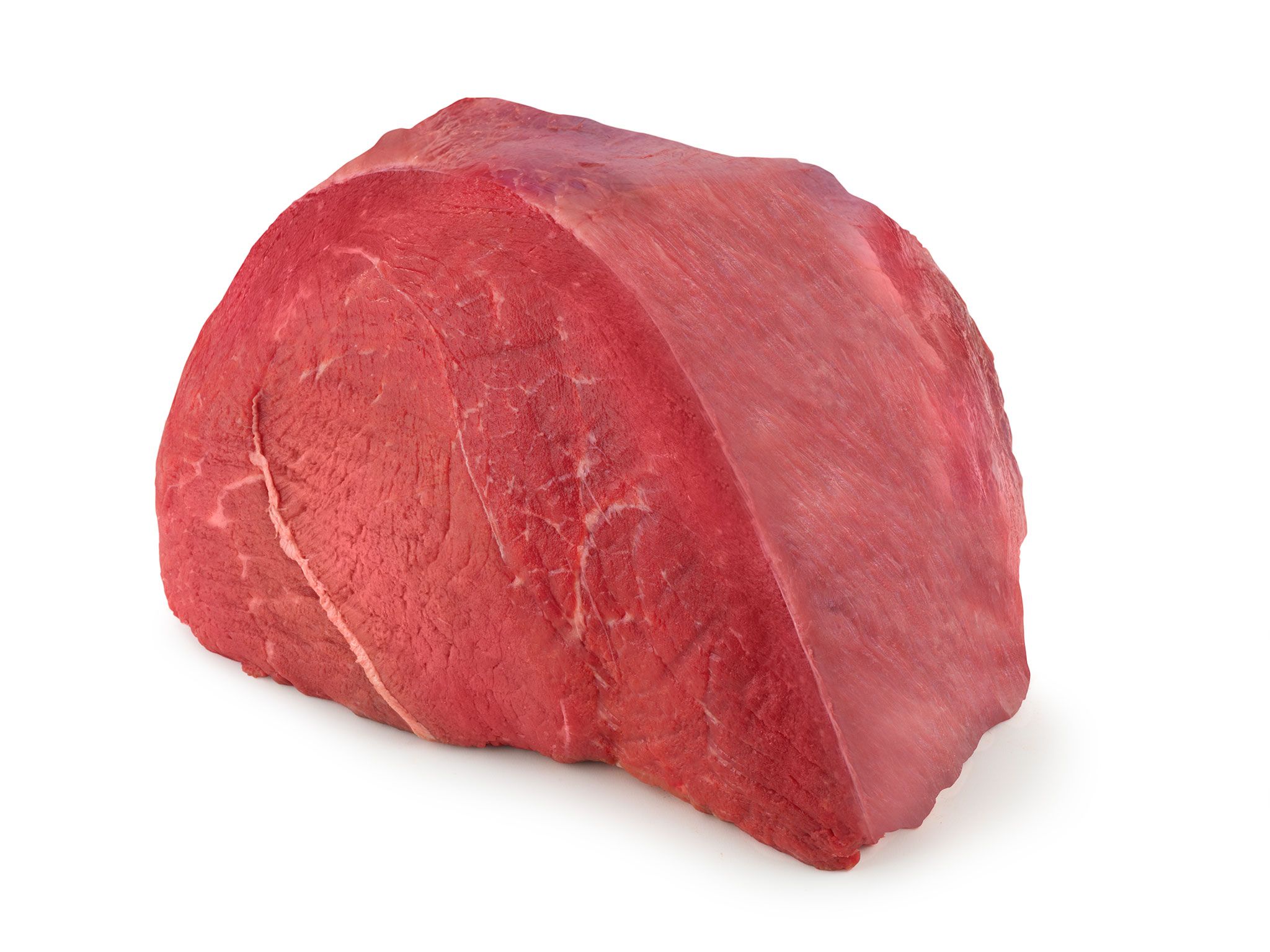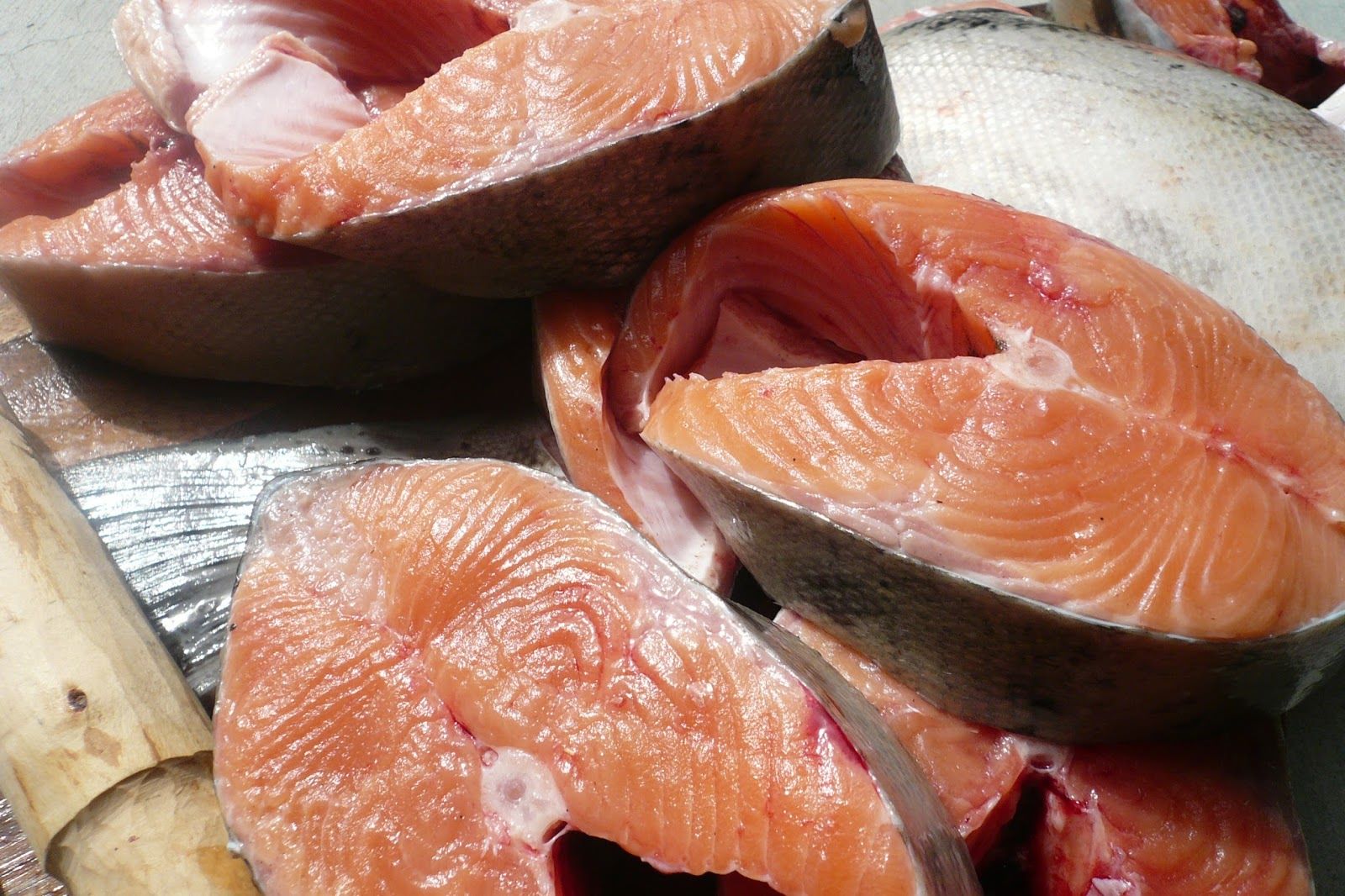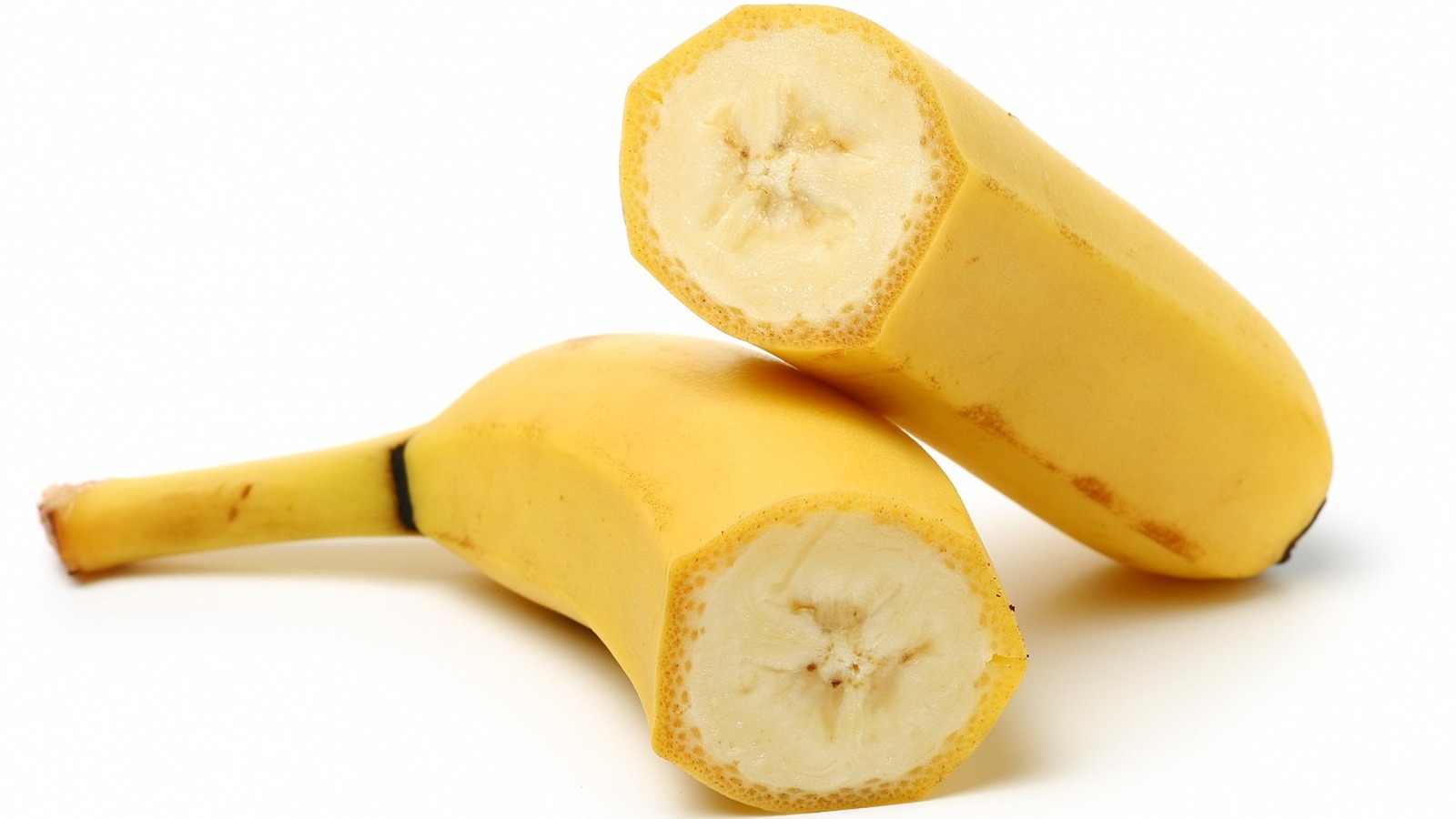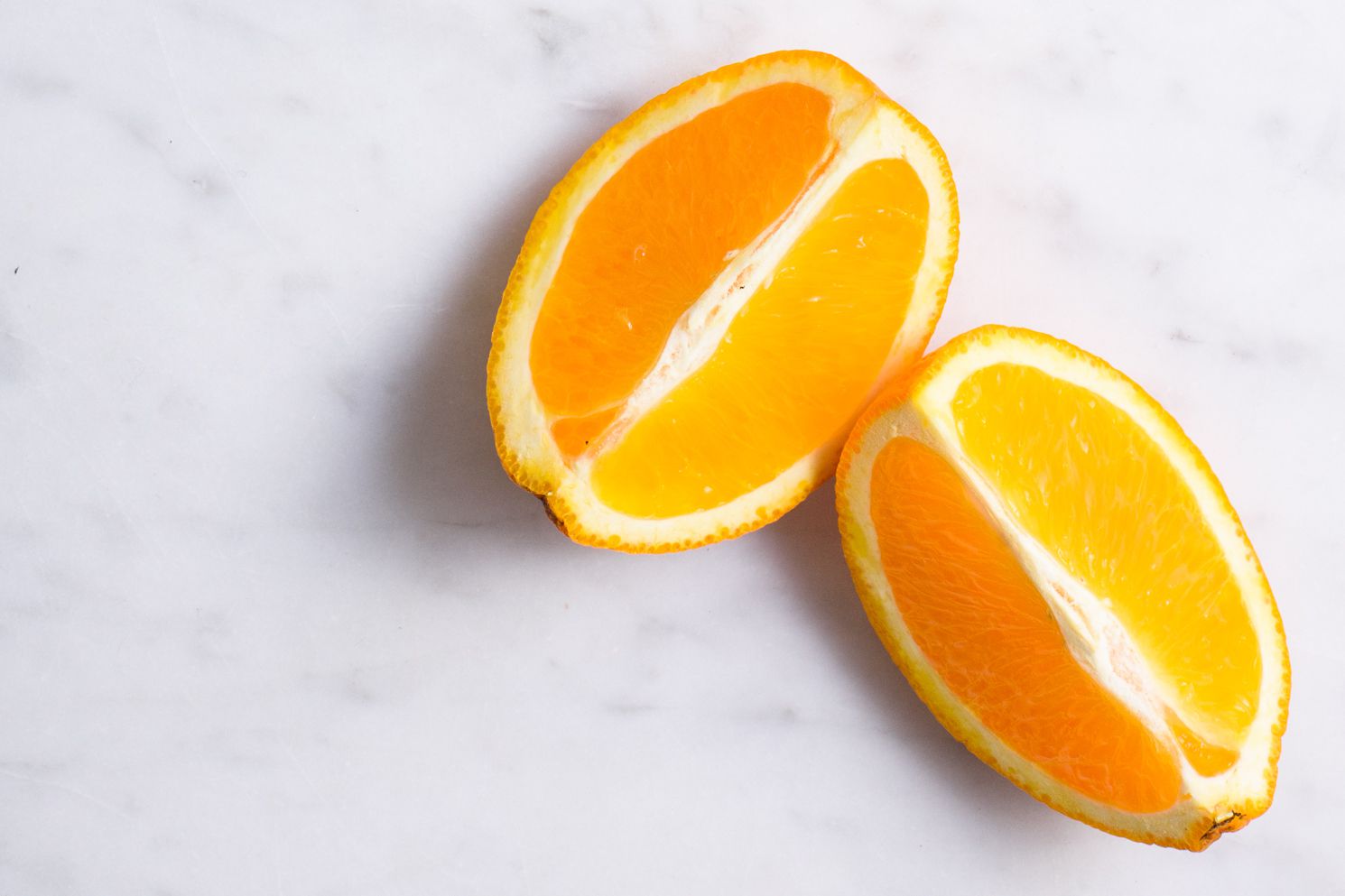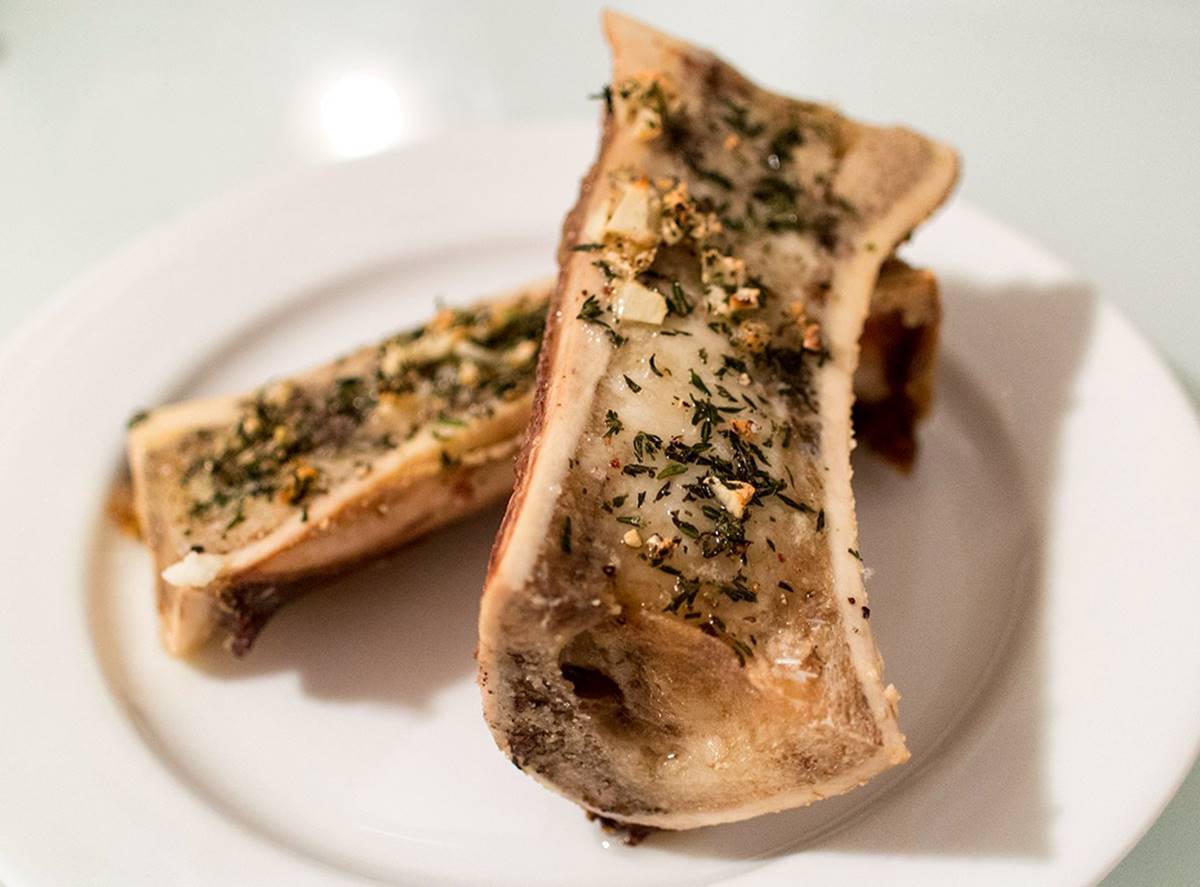Cutting a lobster tail in half might seem like a chef's task, reserved for those with years of culinary experience. Yet, this skill is surprisingly accessible to home cooks eager to elevate their seafood presentations. Whether preparing a romantic dinner or wanting to impress guests, mastering the art of slicing through that tough shell and tender meat can transform your dish into a visual and flavorful delight. With a few simple tools and techniques, anyone can learn to do it efficiently, ensuring every bite is infused with seasoning and cooked to perfection. Let's dive into the steps to achieve this culinary feat.
Essential Ingredients for Lobster Tail Preparation
- Fresh lobster tails
- Sharp chef's knife or kitchen shears
- Cutting board
- Optional: gloves for handling
Necessary Tools for Lobster Tail Splitting
- Sharp Chef’s Knife
- Cutting Board
- Kitchen Shears
- Lobster Cracker (optional)
- Clean Kitchen Towel
For cutting lobster tails in half, use sharp kitchen shears. Start at the top, cut through to the tail fin. Crack open gently. This method prepares tails for grilling or baking.
The Importance of Splitting Lobster Tails
Cutting a lobster tail in half is not just about presentation; it's about enhancing flavor and ensuring even cooking. Splitting the tail exposes more surface area to seasonings and heat, leading to a perfectly cooked, succulent lobster with every bite. This method maximizes the culinary experience, making each meal memorable.
Moreover, this technique simplifies the eating process for diners. No longer must guests struggle to extract meat from the shell; the halved tail offers easy access to the tender flesh. It's a thoughtful touch that elevates the dining experience, showcasing the chef's attention to detail and care for guest satisfaction.
Your Guide to Perfectly Halved Lobster Tails
How To Cut A Lobster Tail In Half
-
Gather Your Tools
- Sharp chef’s knife
- Cutting board
- Kitchen shears (optional)
-
Prepare the Lobster Tail
- Ensure lobster tail is thawed completely if previously frozen.
- Rinse under cold water to remove any debris or shell fragments.
- Pat dry with paper towels.
-
Position the Lobster Tail
- Place lobster tail on its side on the cutting board.
- Straighten out the tail to ensure even cutting.
-
Cutting the Shell
- With kitchen shears or the tip of the chef’s knife, start at the top of the shell near the end of the tail.
- Cut down the center of the shell all the way to the tail fin. Avoid cutting into the meat.
- Flip the lobster tail over and repeat on the underside, cutting the shell only.
-
Splitting the Tail
- Insert the chef’s knife into the cut made by the shears at the top of the tail.
- Press down firmly and evenly, splitting the lobster tail in half lengthwise through the meat.
- Ensure the cut is clean and goes all the way through to the cutting board.
-
Opening the Tail
- Gently pry open the shell of each half to expose the meat.
- Loosen the meat from the shell slightly but leave it attached at the base.
- This makes it easier to season and cook the lobster tail.
-
Cleaning
- Check the center of the lobster tail halves for any vein or remnants of the digestive tract.
- Remove and discard if present.
-
Prepping for Cooking
- Your lobster tails are now ready to be seasoned, marinated, or brushed with butter.
- They can be grilled, broiled, baked, or cooked to your preference.
Tips
- Safety First: Keep fingers away from the path of the knife. Use a towel for extra grip on the lobster tail if necessary.
- Sharp Tools: Ensure your chef’s knife and kitchen shears are sharp. This makes the process smoother and safer.
- Even Pressure: Apply steady and even pressure when cutting through the lobster tail to avoid jagged cuts.
- Clean Up: Rinse your tools and cutting board immediately after use to prevent seafood odors.
Mastering the Art of Lobster Tail
Cutting a lobster tail in half isn't just about making a dish look good; it's about unlocking flavors and ensuring even cooking. With a sharp pair of kitchen shears and a bit of confidence, anyone can transform a lobster tail from good to gourmet. Remember, start by cleaning your lobster tail thoroughly, then make a straight cut down the center of the shell. Be careful to cut only the shell and not through the meat. Gently pry open the shell, and you're ready to season and cook your lobster to perfection. This technique not only enhances presentation but also allows for deeper flavor penetration and a stunning plate display. So, next time you're looking to impress at the dinner table, reach for a lobster tail and put your new skills to the test.
For those looking to put their newly acquired lobster tail cutting skills to good use, consider trying out a few standout recipes. Baked Lobster Tails with Lemon Herb Butter is a classic choice that highlights the natural flavors of the lobster with a simple yet delicious twist. If you're in the mood for something elegant, Lobster Tail Thermidor offers a rich and creamy option that's perfect for special occasions. For pasta lovers, Lobster Tail Alfredo Pasta mixes the luxury of lobster with the comfort of creamy Alfredo sauce, making for a decadent meal. If you're aiming for a more casual, yet equally delightful dish, Lobster Tail Tacos with Avocado and Lime provide a fresh and zesty take on lobster that’s perfect for a light lunch or dinner. Finally, Grilled Garlic Butter Lobster Tails offer a quick and flavorful way to enjoy lobster tails, with the grill adding a smoky depth to the buttery goodness. Each of these recipes makes excellent use of perfectly halved lobster tails, ensuring a delightful culinary experience.
All Your Questions About Lobster Tails Answered
How do I cut a lobster tail in half properly?
First off, grab a sharp chef's knife or kitchen shears. Place your lobster tail belly-up on a cutting board. If using a knife, press down firmly from the top of the tail to the bottom, slicing through the shell and meat. Kitchen shears work great for cutting through the shell first, then use a knife for the meat. Either way, aim for a clean cut down the middle.
What's the best way to prepare a lobster tail for grilling?
After cutting your lobster tail in half, brush each half with melted butter or olive oil. Season with salt, pepper, and any other spices you fancy. Preheat your grill and place the tails shell side down. Grill for about 5-7 minutes, or until the meat is opaque and tender. Keep an eye on them; you don't want to overcook these beauties.
Can I cut a lobster tail in half before boiling?
Absolutely! Halving the tail before boiling can reduce cooking time and make it easier to season the meat directly. Just ensure you've got a pot large enough to accommodate the tails without crowding them. Boil for about a minute per ounce of lobster tail, adjusting as needed based on size.
Is there a trick to getting the meat out easily after cutting?
Sure is! After cutting and cooking, use a fork to gently lift the meat from the shell. If you've cooked the lobster tail properly, it should come out in one piece. Another method is to slightly crack the ribs on the underside of the shell before cooking, which makes pulling the meat out a breeze once it's done.
What tools do I need to cut a lobster tail?
You'll need a sturdy cutting board, a sharp chef's knife or kitchen shears, and a pair of gloves to protect your hands from the sharp shell edges. That's about it! No fancy gadgets required here.
How do I know when my lobster tail is cooked perfectly?
Lobster tail meat changes from translucent to white and opaque when done. The shell will turn a bright red. Use a meat thermometer to check; you're aiming for an internal temperature of 140°F. Remember, overcooked lobster can get rubbery, so keep a close eye on the cooking time.
Was this page helpful?
Read Next: How To Cut Mushrooms For Kabobs
